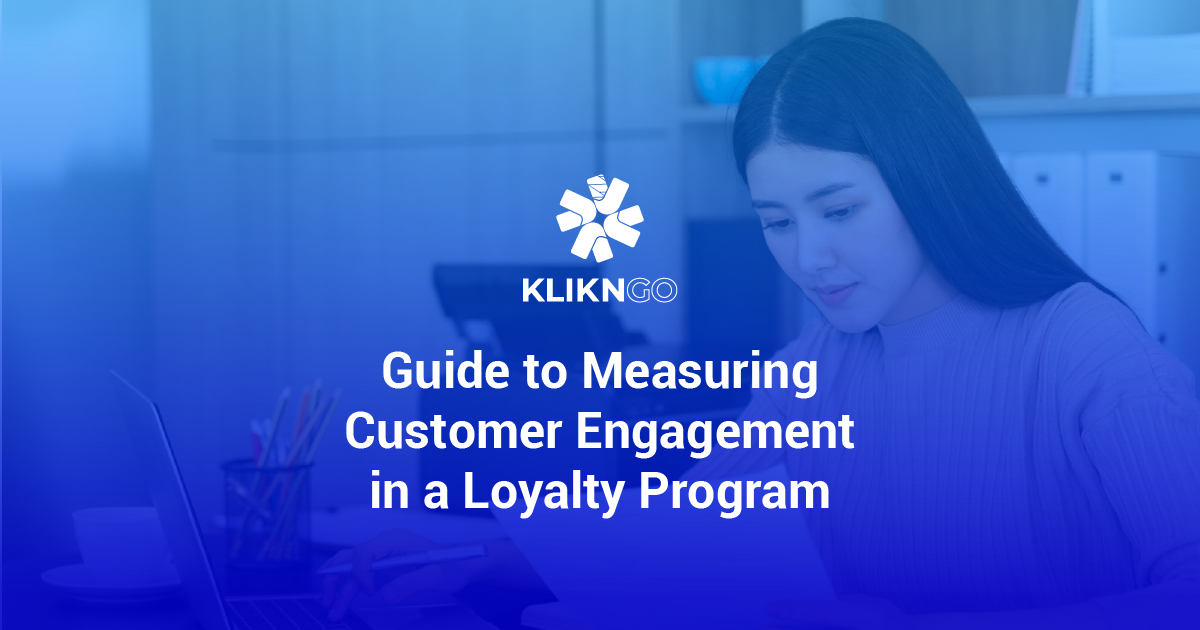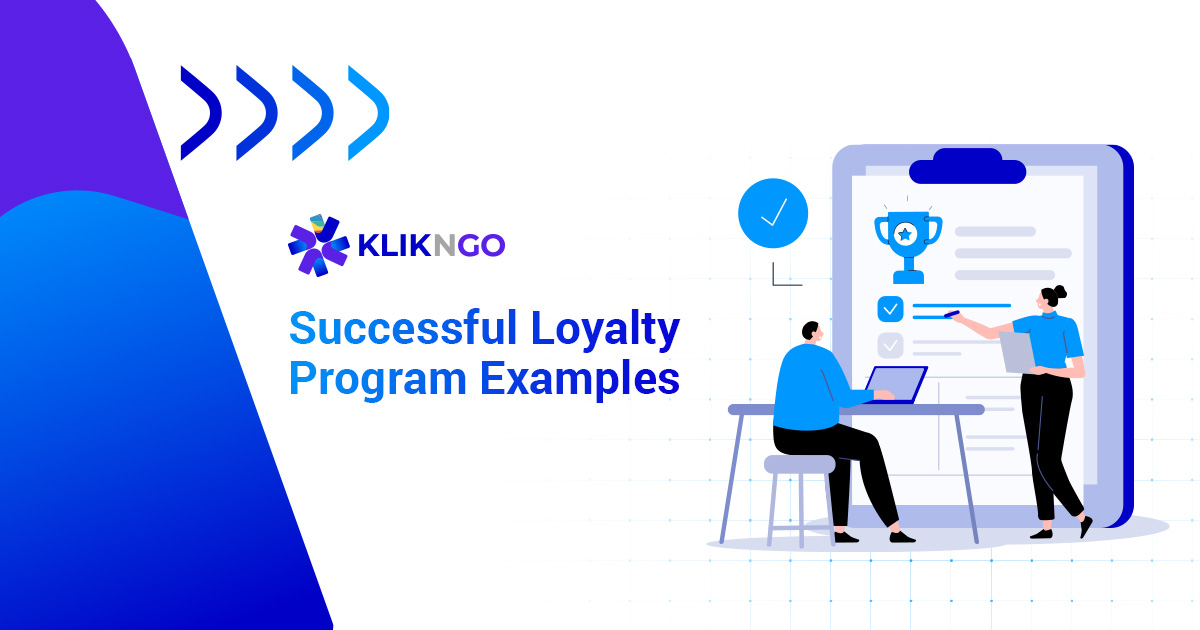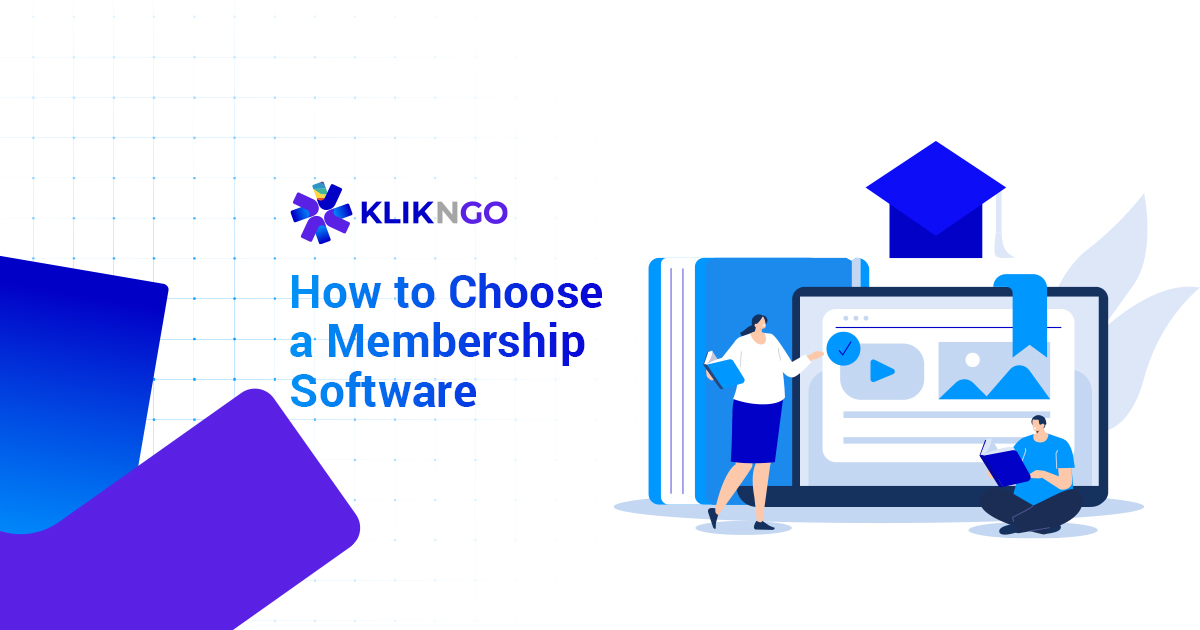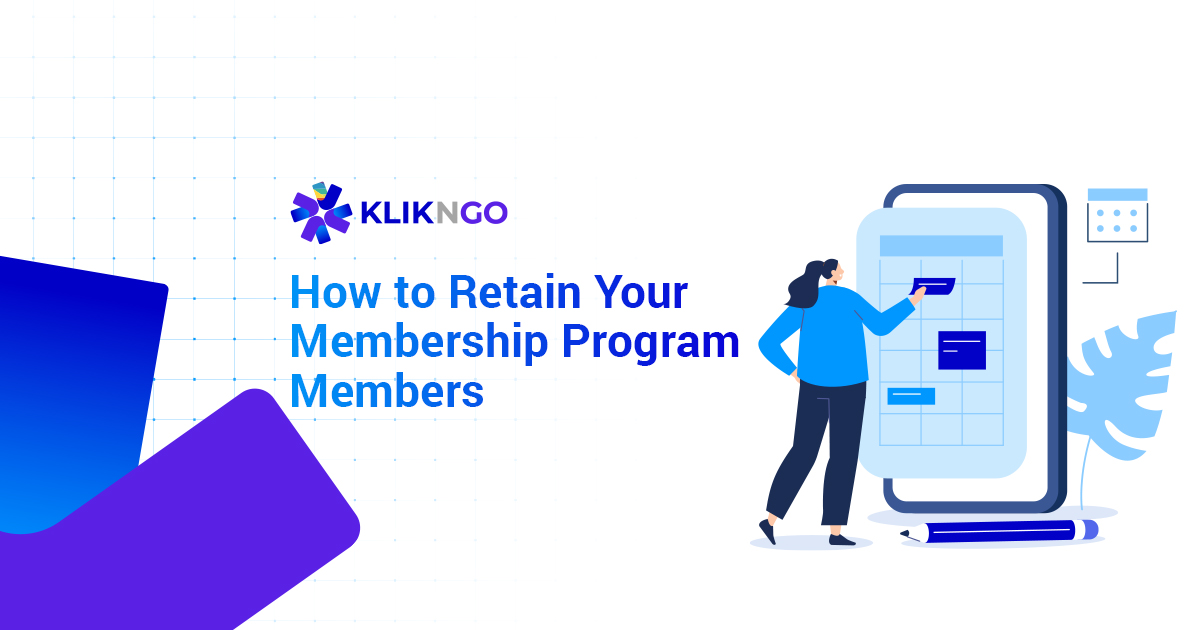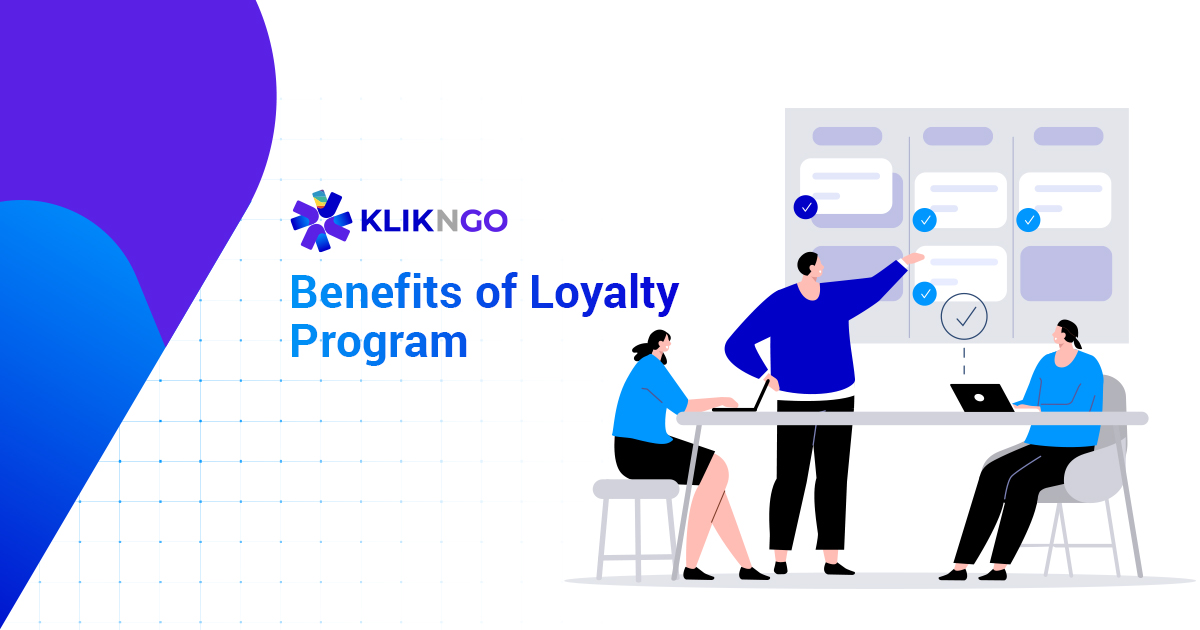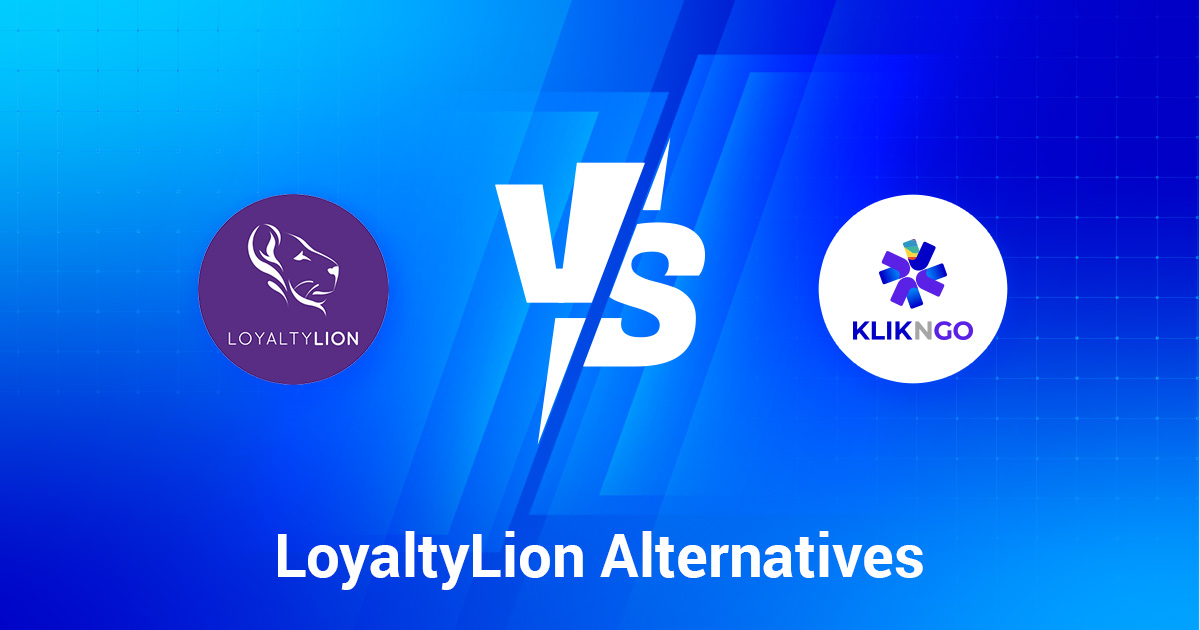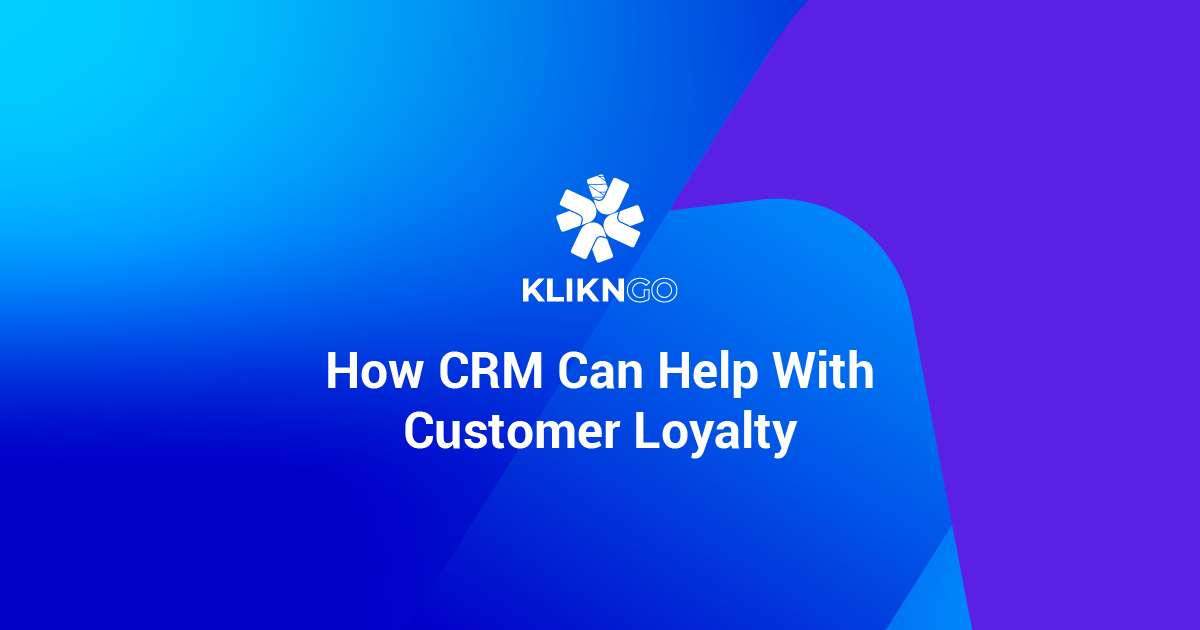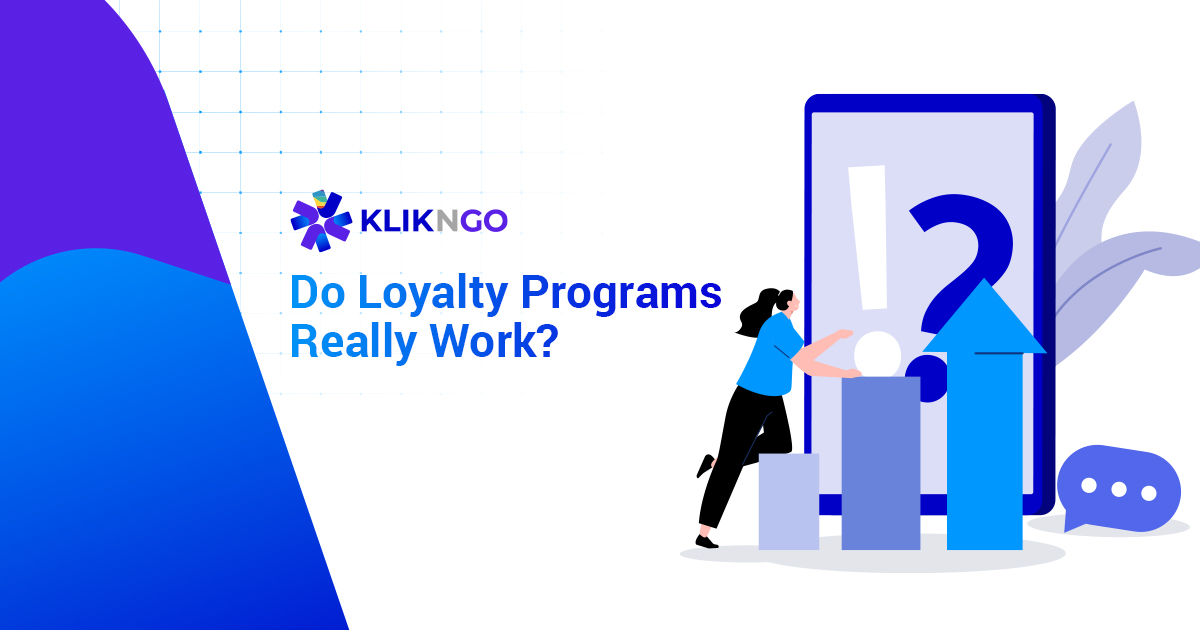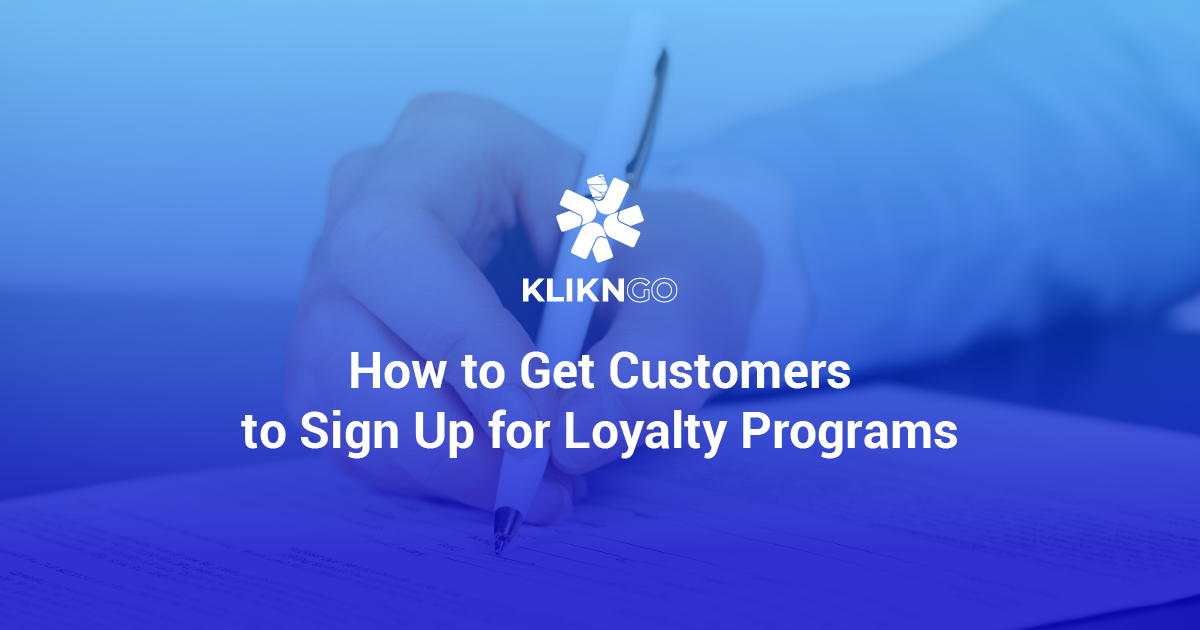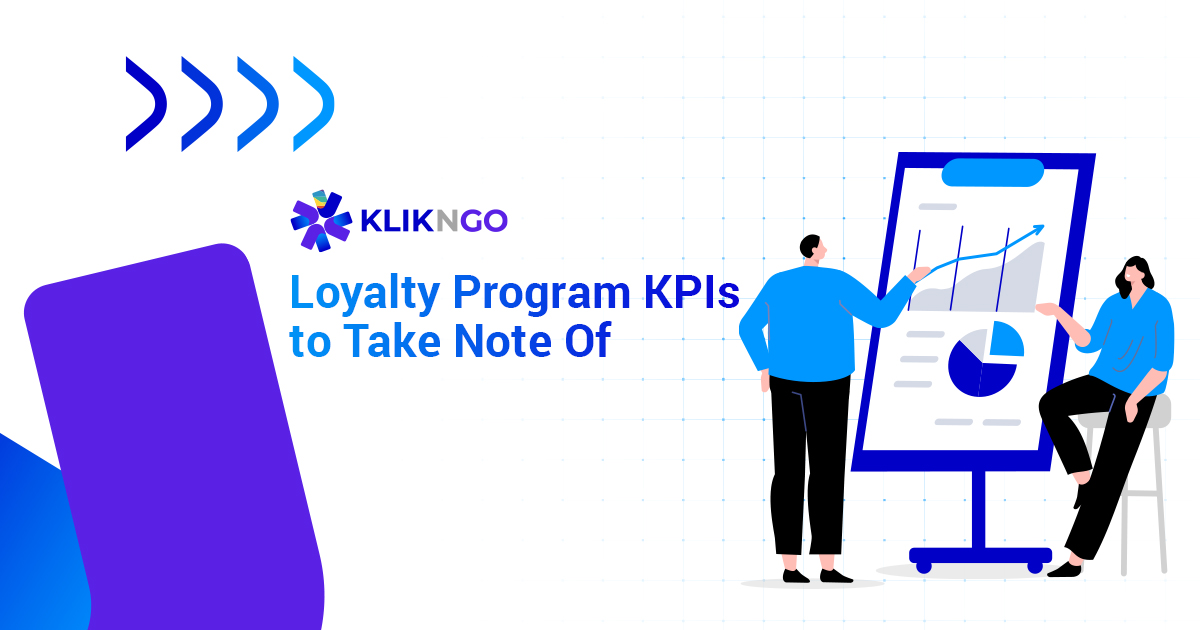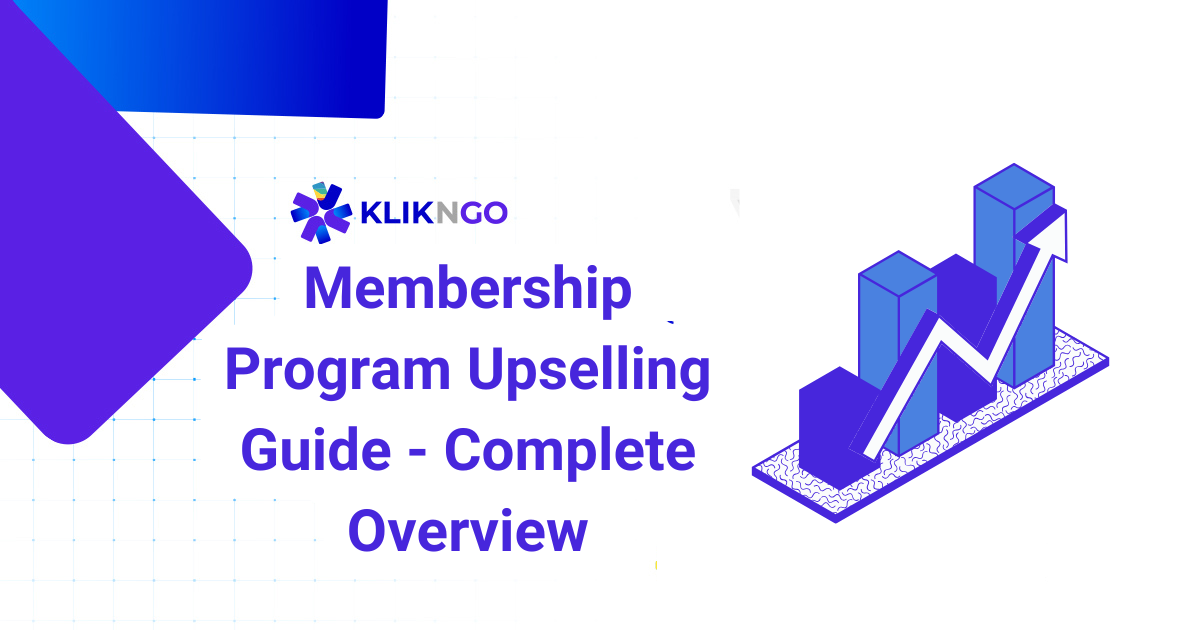Different Types of Customer Engagement
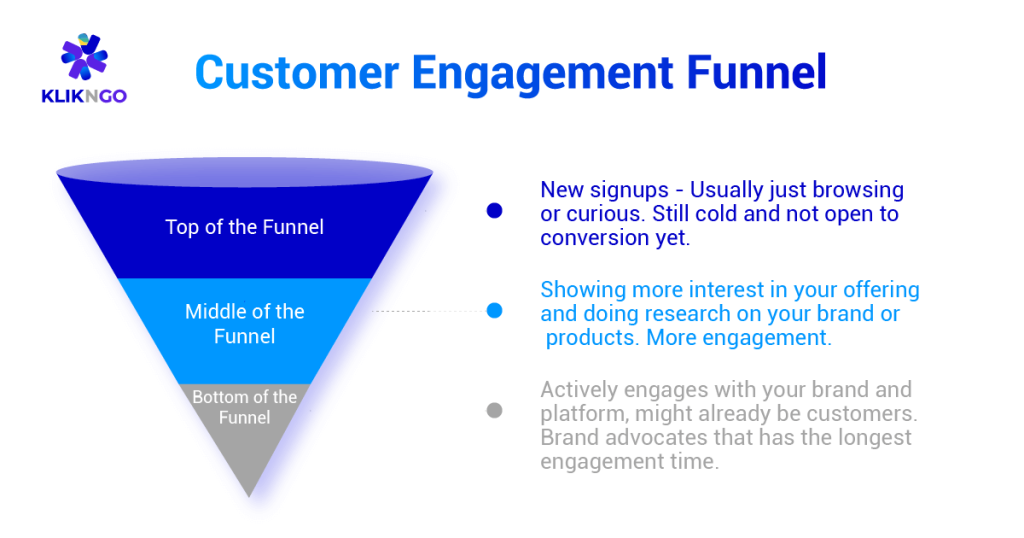
Customer engagement in a loyalty program can be categorized into three distinct stages, each corresponding to a different level in the conversion funnel.
These stages are commonly known as the top, middle, and bottom of the funnel, and here’s a detailed breakdown of each:
Top of the Funnel Customer Engagement
This marks the initial phase of a user’s journey within your loyalty program.
Users in this stage have recently signed up and are primarily curious, not yet strongly inclined to convert. Many may have joined through social media ads or word-of-mouth recommendations.
These users often need time to warm up, and their conversion process may require more effort.
Middle of the Funnel Customer Engagement:
Individuals in this stage show a heightened interest in your product and offerings, typically transitioning from the top of the funnel.
They actively explore your loyalty program, website, or app but haven’t reached the point of conversion.
Customer service interactions become important indicators at this stage, as users on the fence tend to ask about your offerings or seek out reviews to make their decisions.
At this stage, engagement increases, characterized by more extended sessions and a growing content consumption.
Bottom of the Funnel Customer Engagement:
Customers at the bottom of the funnel have made purchases or used your services.
This group represents the most engaged customers, likely to be loyal and active participants in your loyalty program.
They are inclined to attend events, readily convert in your campaigns, and actively seek to earn and redeem rewards.
These customers play a significant role in the success and sustainability of your loyalty program.
Ways to Measure Customer Engagement in Your Loyalty Program
Engagement Time and Pattern on Online Platforms
The easiest way to measure customer engagement for members in your loyalty program would be to measure their engagement time on your online platforms – like your website, eCommerce store, or loyalty app.
An easy way to do this on your website would be through free tools like Google Analytics or Hotjar.
These tools tell you exactly how long your visitors stay on your website, what they’re having trouble with, and what’s preventing them from engaging.
Through this, you can know every aspect of their customer journey on your website, what they like or don’t like.
This is important for all 3 funnel levels, and typically middle and bottom of the funnel members are likely to have a higher engagement time.
Calculate the Conversion Rate
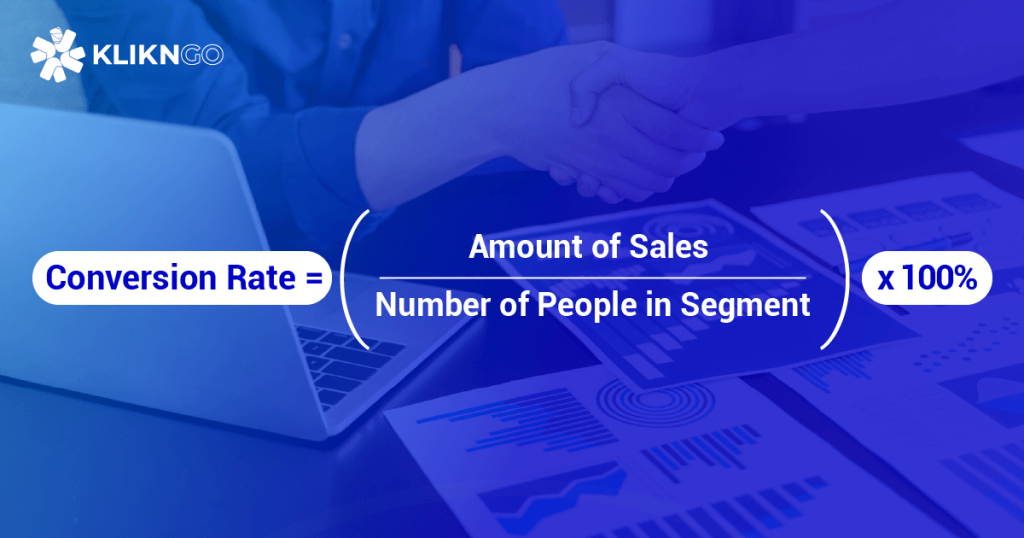
Another crucial metric to monitor is your overall conversion rate, especially for customers in the middle or bottom of the funnel.
Similar to the engagement rate, the conversion rate tends to rise as you move further down your customer engagement funnel.
It’s essential to set realistic expectations, as the conversion rate for top-of-the-funnel users is generally lower. Instead, the primary focus for this group should be on increasing engagement rather than conversion.
Investing in conversion campaigns can yield a significantly higher return on investment (ROI) for middle and bottom-of-the-funnel users, who are more inclined to convert.
To calculate the conversion rate of your loyalty program, follow this formula:
Conversion Rate = (Amount of Sales / Number of People in the Segment) x 100%
For instance, if you achieve 40 sales within a targeted segment (e.g., the bottom of the funnel) with 1,000 people, your conversion rate would be 4% (40 sales per 1,000 people).
This calculation provides a clear understanding of how effectively your loyalty program is converting engaged users into customers.
Amount of Rewards Earnt vs Redeemed in Loyalty Programs
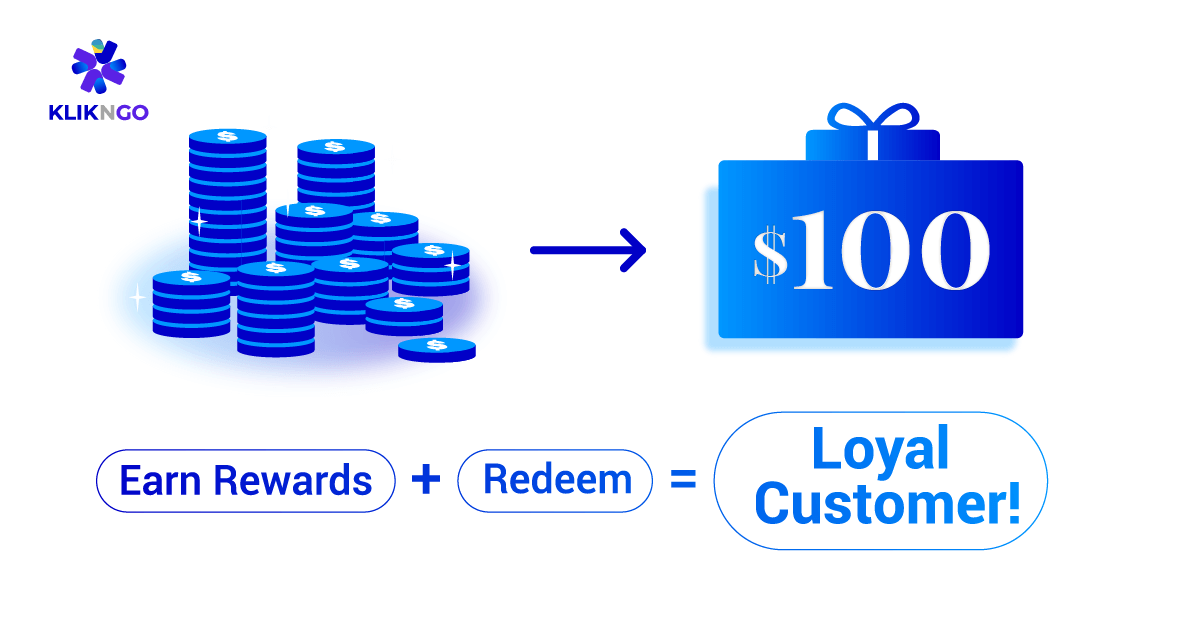
Many CRMs offer the capability to monitor the rewards earned by members through gamification or other campaign types.
A crucial metric to focus on is the average playtime for the gamification aspect within your loyalty program.
Depending on the gamification type, there are similar metrics to consider. For instance, if your loyalty program includes a daily check-in system, it’s advisable to examine metrics such as the check-in rate.
If a member engages frequently with your loyalty program but doesn’t claim their rewards, they haven’t completed the entire user cycle.
Users completing the full cycle can be categorized as loyal customers, whereas those who don’t are referred to as passive members with the potential to become loyal customers if the right incentives are provided.
If you see that many users are earning rewards but not redeeming them, it may indicate issues with your redemption process. To address this, consider trying a dedicated loyalty solution, such as those offered by KlikNGo!
Organize Roadshows or Events, and Measure the Attendance Rate
Another important aspect of assessing loyalty program engagement is measuring the attendance rate and engagement time for events and roadshows.
These metrics are particularly relevant for hospitality (restaurants and hotels) and retail, where frequent events are common.
Attendance is relatively straightforward, but engagement time for events like these needs to be noted down manually or through facial recognition software.
Events serve as a valuable tool to identify the most loyal members, often characterized by higher engagement and conversion rates.
The attendance rate at these events provides profound insights into the loyalty of your program members. Generally, as you move further down the funnel, the attendance rate tends to increase.
This information becomes incredibly important in targeting your most loyal customer base for conversion efforts, testing new products or features, and soliciting feedback to enhance your product offerings.
Leveraging event attendance data allows you to strategically engage with and benefit from the loyalty of your program members.
Number of Visits Before Conversion
Another way to gauge customer engagement in your loyalty program is by monitoring the number of visits users make to your physical store, website, or app before making a purchase.
While many CRMs can track this metric online, tracking in-store visits and pre-purchase interactions is often beyond what they can offer.
Let’s take the example of a store selling luxury boots. A loyal program member frequently visits the store to try on boots, and using advanced facial recognition and CCTV hardware, you can track each visit and identify the specific boots they’re interested in.
Discovering that they visited the store three times before abandoning the purchase altogether provides valuable data, suggesting an overall problem with the product.
This insight reveals a pattern where customers need multiple visits before deciding, potentially indicating a general trend among your membership.
For a convenience store chain, if a customer makes frequent visits, there are several possibilities to consider:
- They may be there for the air-conditioning or using the bathroom.
- Your offerings may not be appealing to them.
- There’s a chance of shoplifting.
This data helps you understand both your products and customer behavior, providing insights into member cycles.
If customers interact with your loyalty program but fail to convert, you might experience a low cost per acquisition but a high cost per sale or conversion.
In B2B businesses, this scenario may highlight effective marketing with a low cost per lead, but challenges in the sales department lead to a high cost per conversion.
Amount of Tickets Lodged to Customer Service Team
Ironically, it’s essential to gauge the volume of tickets or the total time spent engaging with your customer service team.
A significant portion of these interactions may be negative or related to navigational queries, particularly concerning UI/UX.
Despite that, this data shows valuable information — indicating that individuals are actively using your app or engaging with your loyalty program when they file complaints.
Without any interaction with your loyalty program, your customer service team wouldn’t have tickets to address.
Keep an eye on the nature of inquiries; if customers are predominantly seeking assistance with navigational or promotional queries rather than lodging product complaints, it’s a positive indicator that people are genuinely interested in your campaign or product!
Measure Your Email & Notification Marketing’s Conversion and Open Rate
In addition to everything else, it’s important to consider the engagement rate of your membership marketing efforts.
Marketing channels such as in-app notifications, email, SMS, and newer avenues like Instagram channels play a significant role in connecting, interacting, and marketing to your loyalty program members or email list.
These channels offer insights into the warmth and receptiveness of your audience to promotions and campaigns. Here are key metrics to measure to assess engagement:
- Open Rate: This straightforward metric measures the percentage of people who open each message or email, whether delivered through email, SMS, or app notifications.
- Click-Through Rate: Despite sounding similar to the open rate, the click-through rate focuses on the percentage of people who click on your call-to-action (CTA).
- Conversion Rate: This metric, as mentioned earlier, represents the number of conversions per the number of emails or messages sent, occurring after the CTA.
- “Add-to-Spam” Rate: Arguably one of the most important metrics, a high “add-to-spam” rate signals potential issues such as excessive emails or low-quality content. For in-app notifications, smartphones allow users to mute notifications from specific apps, making it crucial to keep this rate as low as possible.
- Engagement Time: This metric assesses how engaging your emails are by measuring the time recipients spend interacting with them. A short engagement time may indicate a lack of interest, issues with email content, and visuals, or potentially targeting the wrong segment for a particular campaign.
The Bottom Line
There you have it, practical tips to measure customer engagement! Remember, there are 3 types of customer engagements and you’ll need different strategies to improve engagement after measuring.
If you’re interested in improving customer engagement, feel free to contact us for a free consultation, as well as take a look at our loyalty program crm solution.

